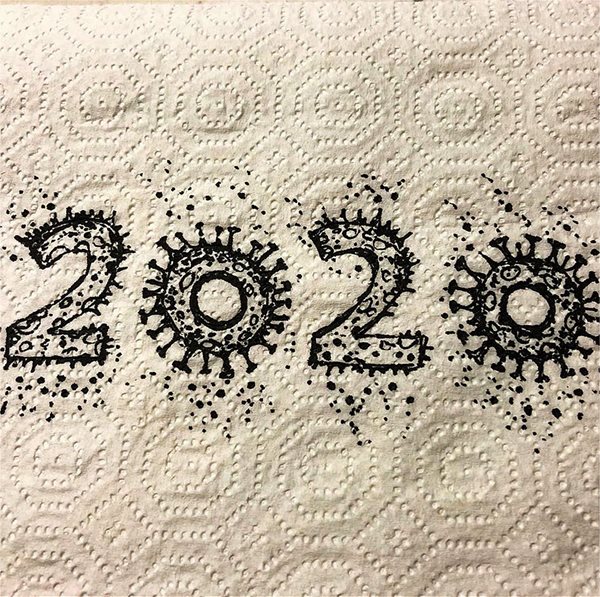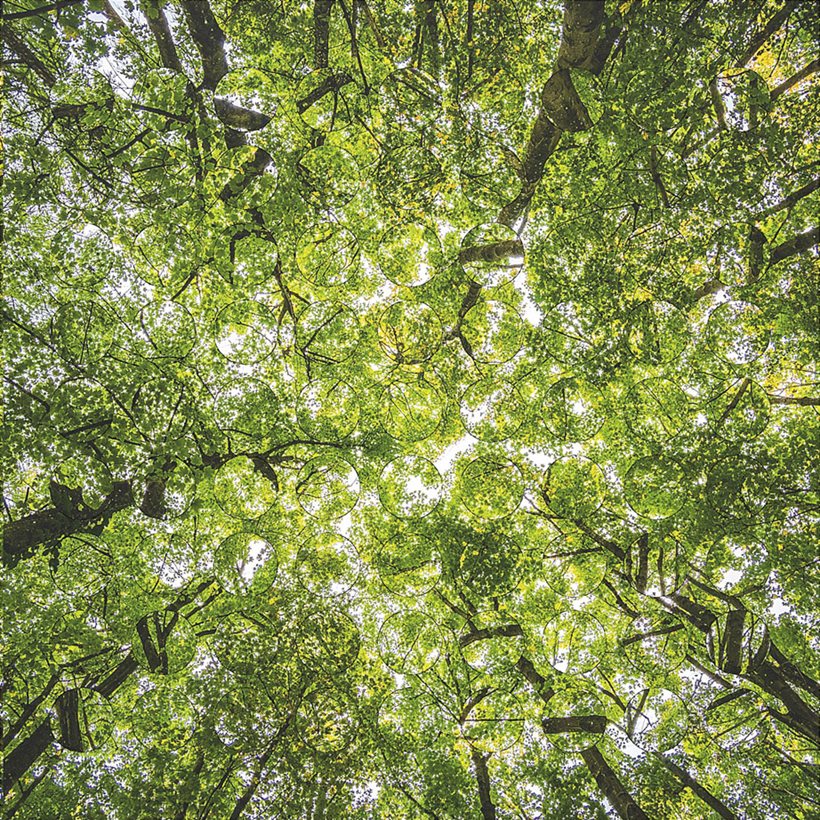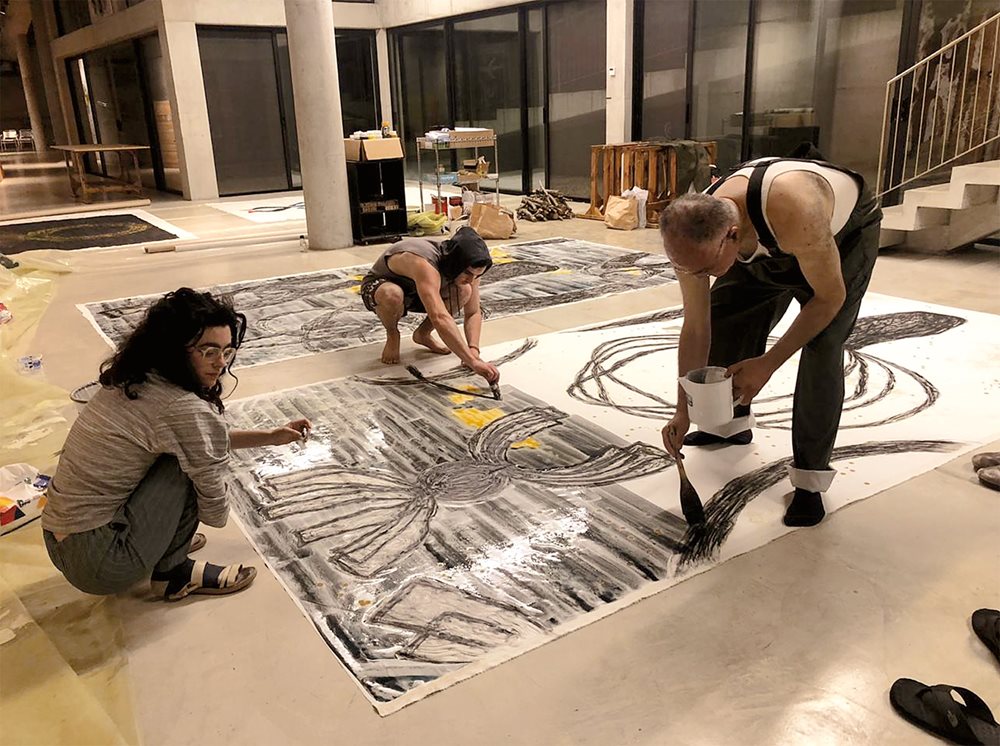Art during crisis
Artists Answer COVID-19

Global November 01, 2020 - By
Inspiration, comfort, challenge, reflection, discussion—at no time do creative arts offer us more than during crisis.
Faced with the closing of so many doors through travel bans, museum and gallery closures, lockdowns, quarantines and social distancing, artists of all kinds are responding with new ways to make new connections on new platforms to articulate this moment in history.
For visual artists and their artistic practices, the challenges of covid-19 have inspired everything from revisiting previous works while in lockdown to creating something entirely new in direct response to the crisis. Here, we look at a selection of artworks, all undertaken since February by artists of Middle Eastern heritage or residence, that pertain loosely to themes of isolation, lifestyle, access, environment and healing. The artists are only a few of the many who, amid coping with their own personal obstacles, continue to create, collaborate and encourage art that, as the works here show, proves both culturally particular and universal.
Coming to Terms with Isolation
While quarantines and social distancing may be our best defenses against the virus, even surveys conducted earlier this year by the medical journal The Lancet Psychiatry and the uk Academy of Medical Science forecast “profound” and “pervasive” impacts on mental health that research since has borne out. With the global economy forecast to contract as much as 1.75 percent in 2020, it is increasingly clear that the effects of the pandemic will be with us for some time.
Artistic responses arose almost instantaneously, such as the quick, iconically virus-themed napkin sketch, penned by Almigdad Aidikhaiiry, and a painting of a face-masked man by Salah El Mur (both coincidentally from Sudan).
The uncertain boundaries between fever dreams and reality, as well as cell biology became themes for the Dubai-based design studio Apical Reform, known for its kinetic works and founded by Amrish Patel. The several resulting pieces, which use a “digital canvas” to display gently moving, digital images, all showed the tendency of early covid-themed art to address the general fear of an unknown and novel coronavirus.
For some, however, isolation played to existing specialities. Lebanese photographer and filmmaker Omar Sfeir looks often at intimacy and human relationships. His most recent work, carried out in collaboration with poet Nadia Hassan, hones in on the psychological pressures of isolation. Hassan’s poetry feels raw and unedited, inspiring in Sfeir a complementary, seemingly spontaneous photographic esthetic, producing together effects greater than either could alone.
For Saudi acrylic artist Jassim Al Dhamin, “Art was the only way to escape,” he says, from both isolation and worry. Tapping his emotions, Al Dhamin’s covid-fueled work focuses on the ambiguously similar physical sensations of flying and falling, employing his signature palette and expressive linage to evoke instability.
For others, isolation led to outreach. Renowned sculptor Athar Jaber, born to Iraqi parents and currently living in Antwerp, Belgium, says he asked himself, “How can art and artists directly contribute to society?” This motivated him to mobilize his stone-working skills to carve from marble 10 different interpretations of face masks, sell them and donate the proceeds to the United Nations High Commissioner for Refugees. He dedicated the project, which he titled A Mask for Life, to the people who often have little or no physical space for the social distancing covid-19 demands, “making them among the most vulnerable people” around the world, he says.
Shifting Lifestyles
As contemporary artworks are being conceived and brought into existence in relative isolation, covid-19 is providing a moment to reflect upon artistic practice and lifestyles as a whole.
Syrian-born artist Osama Esid, who now resides in Minnesota, has used the slower pace of pandemic life to re-edit and compile old works in his usual medium of painted photographs in colored oils while developing new techniques. These include the use of a filament pen to draw directly on celluloid and then printing the images using either silver gelatin photographic paper or a printing press.
Similarly, Beirut-based painter Tagreed Darghouth says the quietude of social distancing offered “an opportunity to focus” while retaining her usual routines of long days in her studio.
Also working in Lebanon from a home and studio he calls his “little island” amid the mountains above Beirut, Nadim Karam says he has welcomed the opportunity quarantine has given him to invite members of his family into his practice through direct participation in creating some of his large-scale works.
On August 4, for Darghouth, Karam and thousands of others in Beirut, the explosion in the city’s port shattered far more than just the windows and glass doors of studios and homes. “Hundreds and thousands, friends and acquaintances, dead, injured and displaced. This disaster has changed our lives forever,” Karam laments before shifting to resolution. “Although coronavirus created a definite change, this disaster brings forward a wind of fresh energy”—energy he says should be mobilized as “creative power” to push for political and social change.







